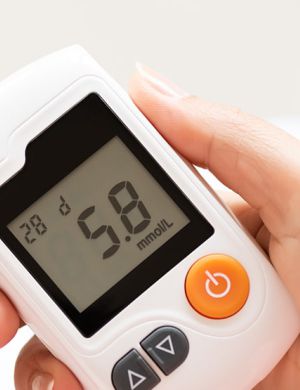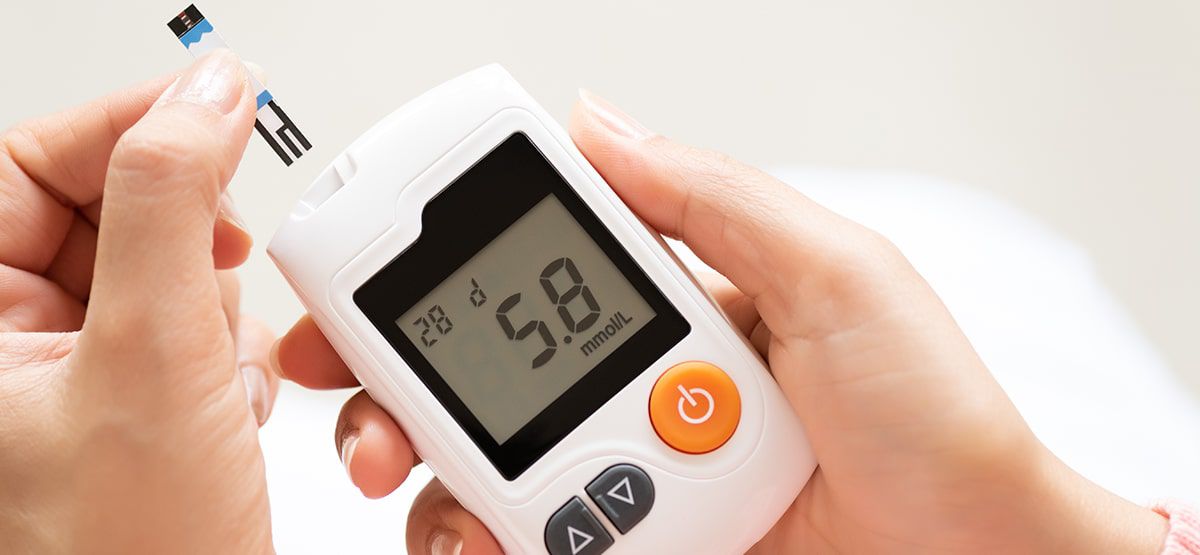
Clinical Outcome Assessments (COAs) in Medical Device Decision Making
A clinical outcome assessment (COA) reflects or describes how a patient feels, functions, or survives. Information can be reported by clinicians, patients, non-clinical observers (such as caregivers), or derived from a patient’s performance of a defined activity. There are four major types of COAs:
- Patient-reported outcomes (PROs)
- Clinician-reported outcomes (ClinROs)
- Observer-reported outcomes (ObsROs)
- Performance outcomes (PerfOs)
Each COA provides a patient-centered measure but offers a distinct perspective on the patient’s health status.
Patient-Reported Outcomes (PROs) – PROs reflect the patient’s direct report of their health condition without any interpretation from clinicians or others. These assessments typically use validated tools such as questionnaires, numeric rating scales, and patient diaries.
Clinician-Reported Outcomes (ClinROs) – ClinROs are assessments made by trained healthcare professionals based on observable clinical signs, behaviors, or other manifestations related to the patient’s disease or condition.
Observer-Reported Outcomes (ObsROs) – ObsROs are reports provided by individuals who routinely observe the patient—such as parents or caregivers. These assessments capture visible signs or behaviors that cannot be self-reported by the patient.
Performance Outcomes (PerfOs) – PerfOs measure a patient’s performance on standardized and repeatable tasks, such as reading an eye chart, to evaluate functional abilities objectively.
Use of COAs by CDRH in Regulatory Decision Making
High-quality data derived from COAs can support FDA’s benefit–risk determinations and may be included in medical device labeling to describe treatment effects on patient functioning or symptoms. COAs can help define eligibility criteria, evaluate device performance for diagnosis or treatment, and contribute to safety assessments. The resulting evidence may also assist payors and healthcare practitioners in decision-making.
Incorporating COAs into Regulatory Submissions
CDRH offers several resources to support the selection, development, adaptation, and use of COAs in medical device evaluations.
Q-Submission Program – FDA encourages sponsors to discuss plans for using COAs—including the development or modification of PRO instruments—through the Q-submission process. This enables early engagement with CDRH reviewers.
Medical Device Development Tools (MDDT) Program – The MDDT program allows FDA to qualify tools used in medical device development. Once qualified, a tool is recognized as scientifically valid within a defined context of use. COAs represent one category of tools eligible for qualification through this program.
PRO Report –This report provides additional detail on PROs, covering their regulatory value, role in reimbursement decisions, and importance in clinical care. The document also highlights key CDRH initiatives and progress relating to PRO utilization.
PRO Compendium – The PRO Compendium (XLS) lists selected PRO instruments used in medical device premarket clinical studies submitted to CDRH. Sponsors planning to use a PRO instrument in a clinical investigation are encouraged to schedule a pre-submission meeting to obtain FDA feedback.rket clinical investigations submitted to CDRH. We encourage sponsors interested in using a PRO instrument in a clinical investigation to schedule a pre-submission meeting to discuss their plans.
Don’t miss out! Click here to stay in touch.
Categories
- Biopharma (58)
- Consumer Health (21)
- Cosmetics (11)
- Diagnostics (5)
- Digital Health (8)
- Food (2)
- Medical Device (112)
- OTC (5)
- Regulatory Intelligence (13)
- Standards (41)
Recent Blogs
Get the latest updates from Vistaar

Related Posts
CONNECT WITH US

Let's talk about how Vistaar can help you



